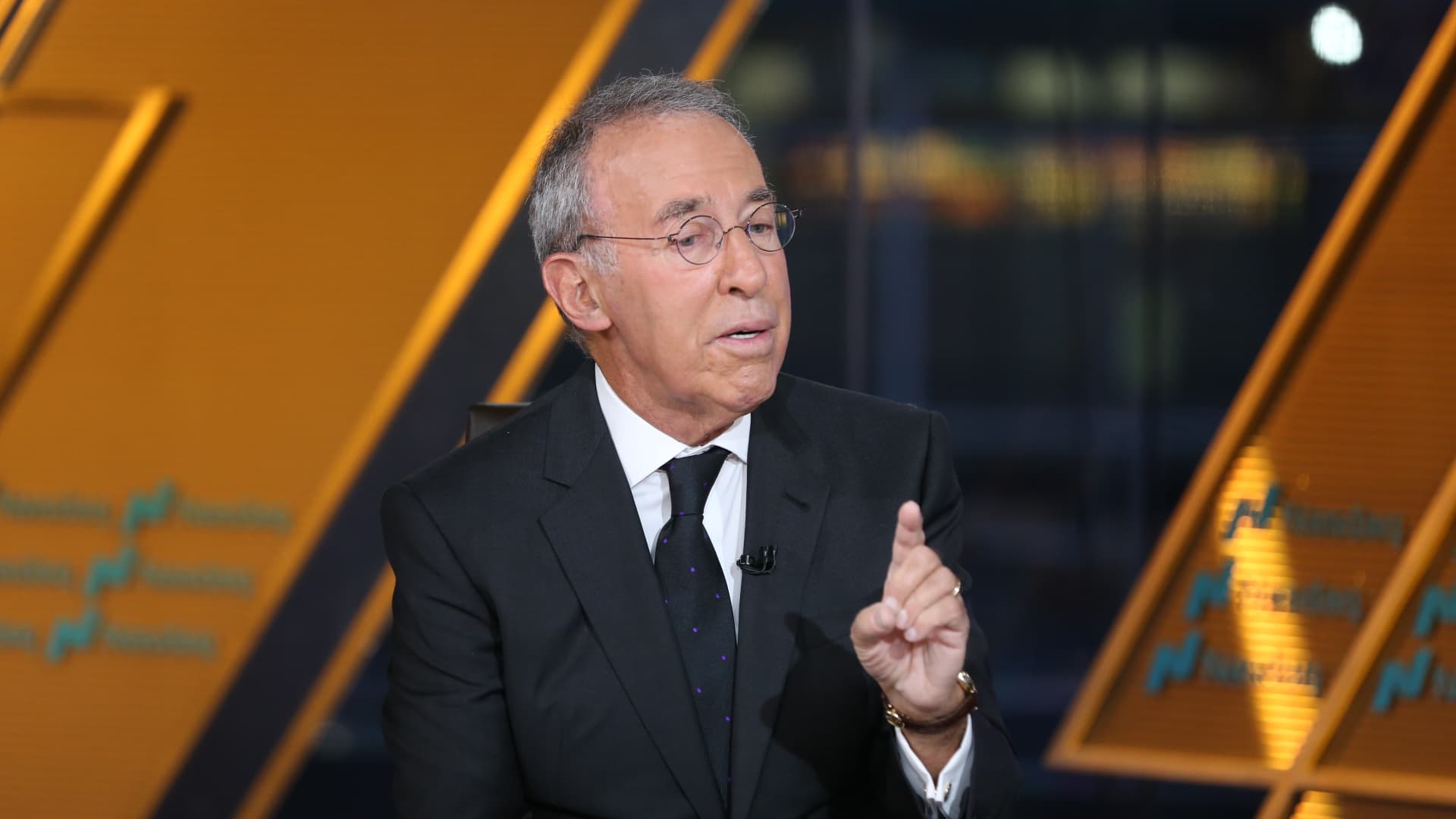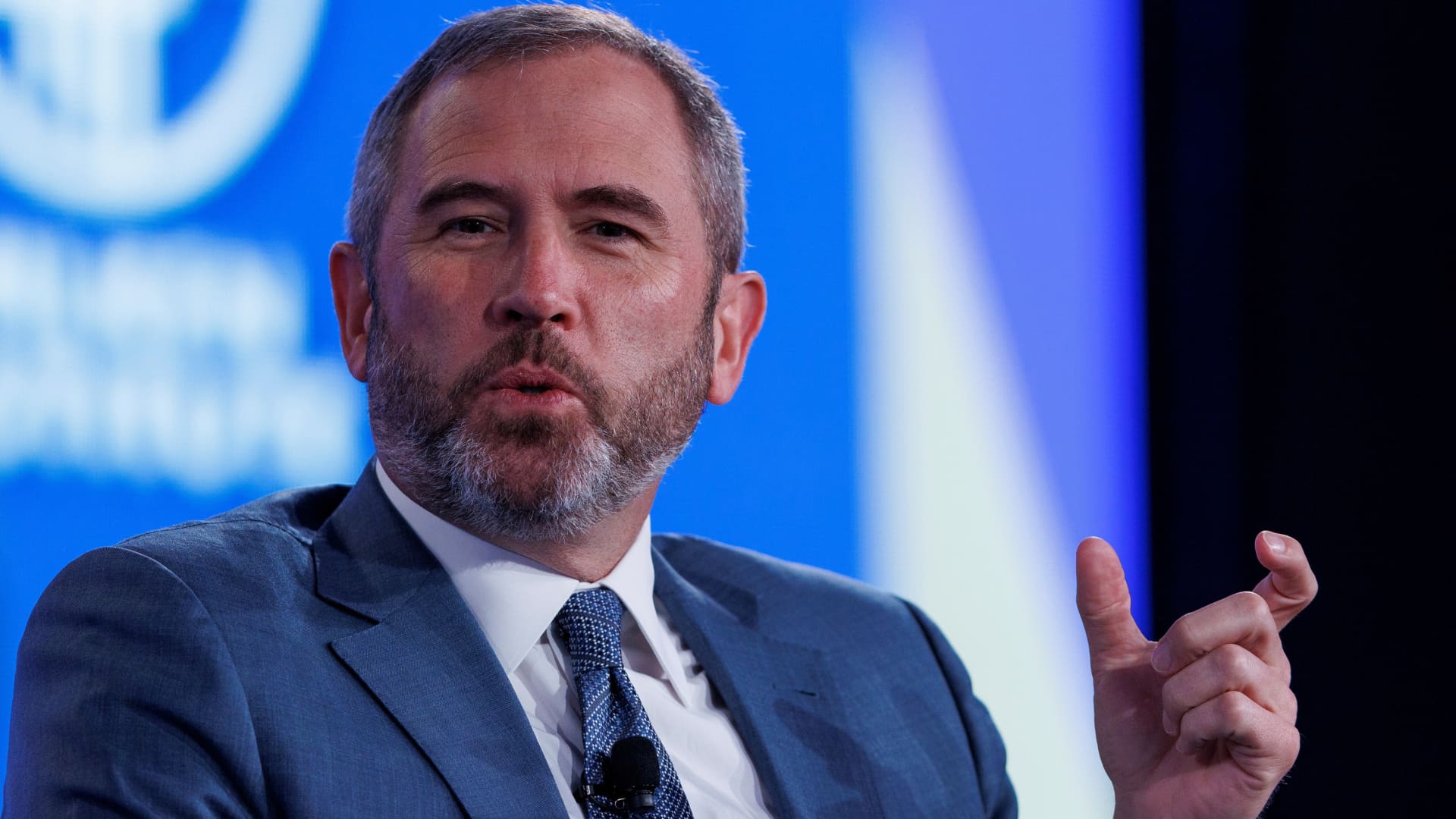Global bond sell-off reflects unease over budgets and central banks

Long-dated borrowing costs around the world are back under pressure, and analysts say that’s in part thanks to broad investor unease with the path of both fiscal and monetary policy in many major economies. Bond markets have been on a bumpy ride this year, with massive spikes and falls at times stemming from White House policymaking, ranging from tariffs to concerns about the U.S. deficit related to the “big, beautiful tax bill.” Moves have been more measured this week. But several yields hit notable milestones, reigniting discussion over the opportunities and risks in government debt. The U.S. 30-year Treasury yield nudged above 5% on Wednesday morning for the first time since July amid questions over the future of tariff revenues following a recent court ruling. Japan’s 30-year bond yield was at a record high on Wednesday , with a 100 basis point rise this year driven by high inflation, low real rates and political uncertainty. The yield on U.K. 30-year bonds on Tuesday reached its highest level since 1998 ahead of a highly anticipated budget set to be delivered in the coming months, and added another 4 basis points early Wednesday. The premium on French 30-year bonds breached a level last seen in 2008 as the government is on the brink of collapse, putting the country’s deficit reduction plans at risk . German bonds, which benefited from a flight to safety earlier in the year , joined the rout, with the 30-year bund yield notching a 14-year high. Rate pressure Kallum Pickering, chief economist at Peel Hunt, said that while there is no crisis in the bond market, the elevated price being paid by governments, combined with high interest rates, is an economic problem across the advanced world. “[High rates] constrain policy choices, they crowd out private investment, they leave us wondering every six months whether we’re going to face a bout of financial instability. These are really, really bad for the private sector,” Pickering told CNBC’s ” Squawk Box Europe ” on Wednesday. “I’m actually getting to the point now where I think that austerity would be stimulative, because you would actually give markets confidence, you would bring down these bond yields, and the private sector would just breathe a sigh of relief and start distributing some of its balance sheet strength.” Jonas Goltermann, deputy chief markets economist at Capital Economics, said there appears to be three overlapping drivers between the global move higher in long-end yields: fiscal concerns, monetary policy, and term premia effects such as supply-demand dynamics. Both the U.K. and France are facing a “tricky budget arithmetic” in which “some combination of tax increases and spending cuts are needed to keep public finances on a sustainable footing and bond markets on side,” he said in a Tuesday note. Market dynamics, meanwhile, suggest wavering confidence over central banks’ “ability and willingness to keep inflation under control in the medium term,” Goltermann continued, though he noted the relative resilience of U.S. yields where fears over central bank independence have become acute. Finally, a combination of greater bond issuance and lower demand from traditional buyers of long-dated debt — in part due to the risk of higher rates and inflation, and a weakening of the typical link between risk-off sentiment and lower bond yields — has left the chance of a “silver bullet” arriving to drive down yields looking slim, Goltermann said. Finally, at a time when bond issuance has increased, demand from traditional buyers of long-dated debt has decreased, Goltermann continued. The typical link between risk-off sentiment and lower bond yields has eroded this year, and traders are weighing the risk of higher rates and inflation, he said. Strategists at ING downplayed the idea that this week’s bond sell-off was sparked by U.S. tariff uncertainty related to an appeals court decision that most of President Donald Trump’s duties on imports from other countries are illegal. “There is no uncertainty. Tariffs remain and will remain,” they said in a Tuesday note, describing the Trump administration as “all in on macro management via tariffs” by whatever means. “The long ends of yield curves remain under upward pressure amid a mix of fiscal concerns and worries about central bank independence,” they said, particularly following the “Lisa Cook affair” — referring to Trump’s ongoing attempt to fire the Federal Reserve governor . “Who takes the lead on a given day seems influenced by supply activity,” they added. — CNBC’s Lee Ying Shan contributed to this report.









